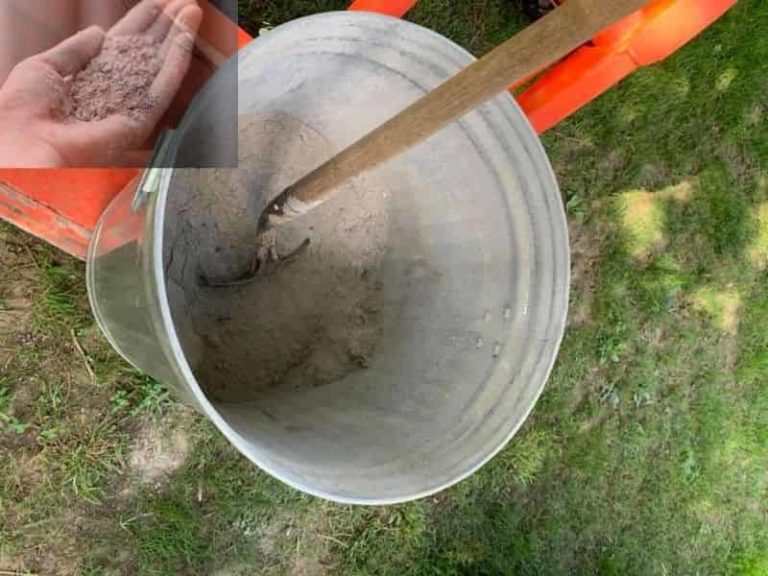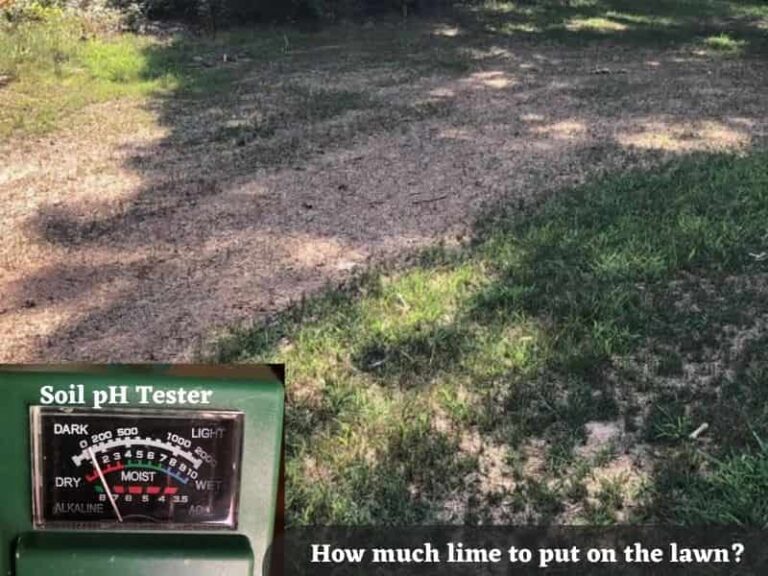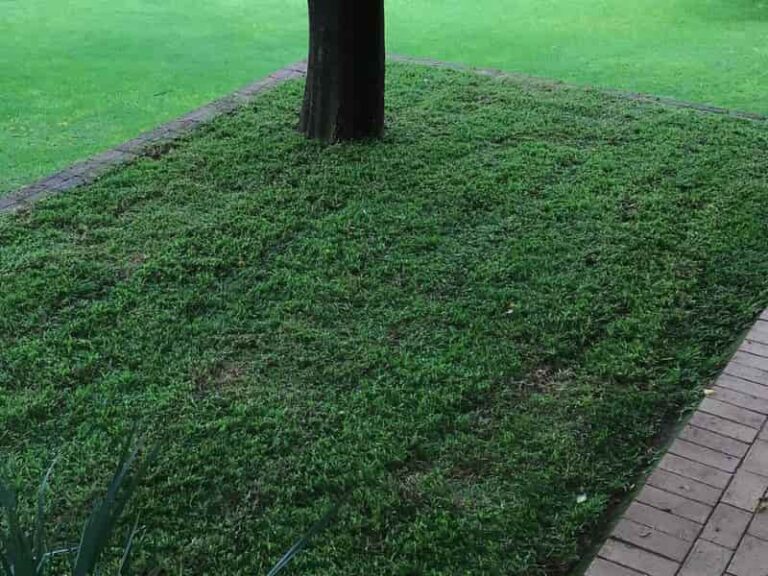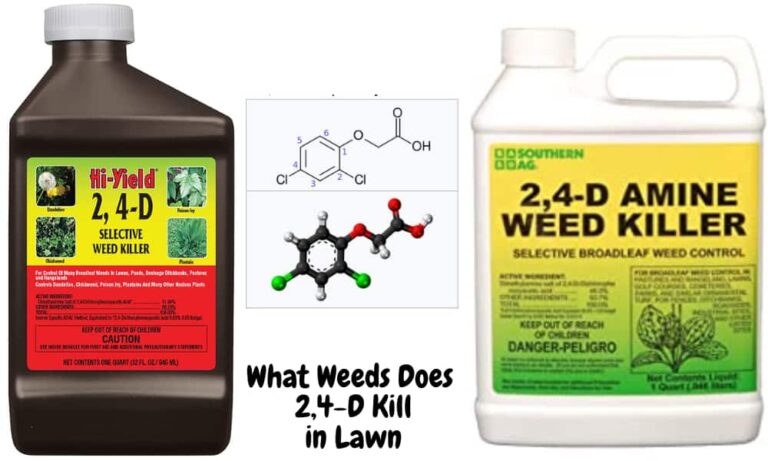Home-Made Grass and Weed Killer
Grassy weeds on lawns can be stubborn and difficult to remove. While commercial herbicides do kill weeds, they expensive at times and dangerous to the environment if misused. What homemade grass and weed killer remedies are effective?
The best effective home-made grass and weed killer is a mix of vinegar, salt, and dish soap. The mixture weakens plant cell walls and dries out. Take 1 gallon of white vinegar(5%), add 1 cup of table salt (Sodium chloride) and stir with 1 tablespoon of liquid dishwashing soap, put in spray bottle and apply.
Benefits of DIY weed and grass killer
While some gardeners prefer manufactured herbicides, others swear by homemade weed killers because of their several benefits. These are some benefits you get from DIY weed and grass killers.
Readily available ingredients
Products used as weed killers, such as vinegar, salt, and lemon, are in your kitchen or bathroom. You can save time by ordering them online or physically purchasing them from grocery stores.
Simple recipes
Homemade weed killers are easy to prepare. You only need to measure and mix the ingredients, and you’re done.
Most of them are safe
Most weed killer products like salt and lemon are 100% natural. They’re safe to use around kids or pets.
They are eco-friendly
Some lawn keepers avoid using herbicides such as Roundup to kill weeds because of the products’ environmental impact. Instead, they use homemade weed killers because they don’t have harmful chemicals dangerous to the environment.
They are more affordable
Unlike expensive commercial herbicides, DIY weed killers are everyday household items you can quickly get from your kitchen to kill weeds on your lawn.
Home-made weed and grass killer
There are numerous products at home you can use to remove weeds. However, most are non-selective and will kill the weeds and other non-targeted plants. It’s best to cover desired plants and grass when using DIY weed killers.
Apply homemade weed killers on a calm sunny day with temperatures above 85oF. Sunlight speeds up the reaction.
Remember to pull and remove dead weeds using a shovel after applying homemade killers. Then, replant the resulting spots to prevent them from regrowing.
Be careful when using these products to avoid accidental burns or skin irritation.

Vinegar
Vinegar is the most common home product used to kill pesky weeds. It contains acetic acid that draws moisture from weeds’ cells, thus drying their leaves and killing them. Vinegar is more effective when removing annual and less established perennial weeds.
You can use vinegar alone or mix it with lemon, salt, or dish soap.
Use 5% concentrated vinegar to remove unwanted plants from lawns, gardens, or sidewalks and driveway crevices. Pour vinegar into a spray bottle and set the nozzle to stream. Since vinegar is non-selective, spot-spray it on undesired weeds only.
Alternatively, mix one gallon of vinegar with one cup of salt and a tablespoon of dish soap in a spray bottle, and shake to mix well. Set the nozzle to stream. The dish soap sticks the mixture to the weed and helps the vinegar penetrate the weed parts and kill them faster.
Spot spray the solution on the weeds. Apply vinegar on a dry, sunny day when no rain is predicted within the next few days.
Reapply the solution if the first application doesn’t achieve the desired results.
Bleach
Apart from cleaning, you can use bleach to kill weeds from the garden or lawns. Though bleach removes tough weeds, it remains in the soil longer. Therefore, only use it in an area where you don’t want to grow new grass or plants soon.
Put the bleach into a spray bottle, and spot spray-selected weeds. Bleach quickly dries weeds, turning them brown and killing them.
Salt
Salt draws water from the weed cells and dries it up. Affected weeds or plants turn yellow, wilt, or grow slowly.
Add salt and water in two parts to form a solution and pour it on the weeds.
Otherwise, mix one cup of salt with four cups of white vinegar and dish soap. Shake well and pour the mixture into small weedy areas. But for large areas, add one gallon of water to one pound of salt to form a solution and run on the weeds.
Corn gluten meal
Among all the DIY weed killers, corn gluten meal — leftover remains after milling — works as a pre-emergent herbicide by suppressing seeds and preventing them from growing. It’s mainly used on crabgrass seeds.
Add the remains during the dry period when no rain is predicted in the next few days. Apply corn gluten meal six weeks before seed germination.
Spread 20 lbs of corn gluten meal per 1000 square feet of lawn. Water with ¼ inch of water to dissolve into the soil.
Baking soda
Baking soda extracts moisture from the plant cells, drying up their leaves. It works best on actively growing young weeds. You can use baking soda at any time of the year. The best time to kill weeds is early morning when the temperature is above 85oF.
This weedkiller kills plant parts above the ground but spares the roots.
You can use baking soda solely or mix it with water, dish soap, and vinegar to kill tough weeds.
Gently pour one teaspoon of baking powder on the leaves and stems of each weed plant and cover it entirely. The plant should die within a few days.
Otherwise, mix one cup of baking soda with two cups of white vinegar, add dish soap and shake the mixture. Carefully spot-spray the weeds.
Reapply baking soda to kill the weeds completely from the lawn or garden.
Hot water
This is the most straightforward home remedy for killing small weeds and seedlings on cracks of driveways and sidewalks. Hot water temporarily removes weeds as it doesn’t reach its roots. Otherwise, the weeds would regrow. Hot water is more advantageous than the other weed killers as you can apply it anytime.
Boil water in a kettle and pour on the leaves of the weeds. Be careful not to burn yourself. You can add salt to the boiled water for more effectiveness.
Newspaper or cardboard
All plants need sunlight and air for photosynthesis. But when you cover them with newspaper or cardboard, they wouldn’t make food for themselves and they will die. That’s how newspapers or cardboards work.
Cover the weedy area with four sheets of thick newspaper or cardboard. Add mulch to the newspaper to further block the sun and air. After the first layer of newspaper breaks out, add a second layer to kill the remaining weeds.
This method is not advisable for lawns as the grass would also die.
See Also: Will Antifreeze Kill Grass?
Homemade weed killer and grass killer safe for pets
As much as you love your lawn and want to keep it healthy by removing weeds, it’s also better to use safe products for your pets. This allows them to use the lawn immediately after you treat the yard.
Not all-natural homemade weed killers are safe for your pets and kids. Check whether any DIY homemade weed and grass killers are safe for pets and kids. Salt, corn gluten meal, and vinegar are safe if you have pets. Use any of these options when protecting your pets from the dangers of harmful weed killers.
Reference
University of Maryland: Vinegar: An Alternative to Glyphosate?





![How to Get Rid of Crabgrass [FOR GOOD] Spring to Summer Control](https://lawnmodel.com/wp-content/uploads/2020/11/How-to-Get-Rid-of-Crabrass-for-good-spring-to-summer.jpg)
